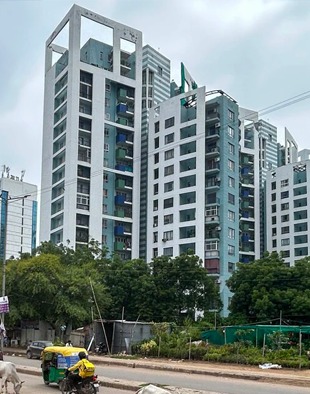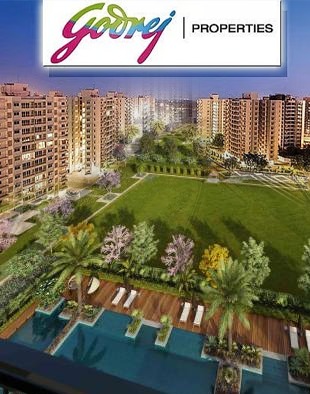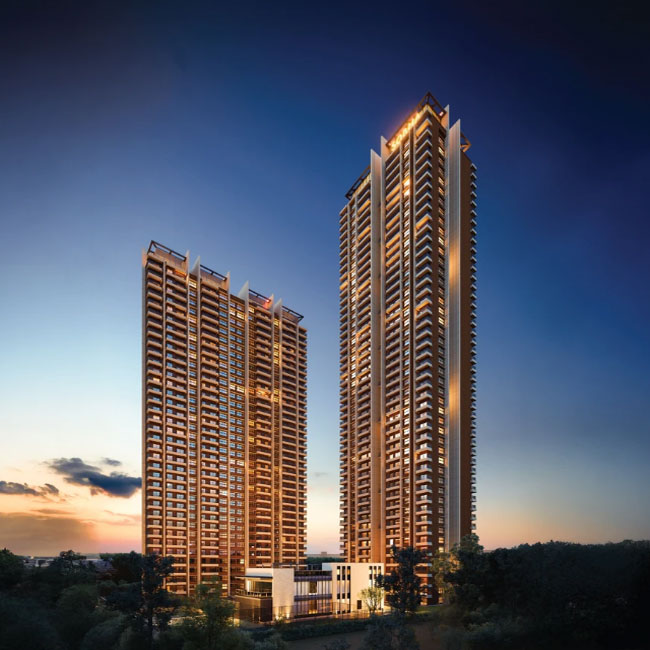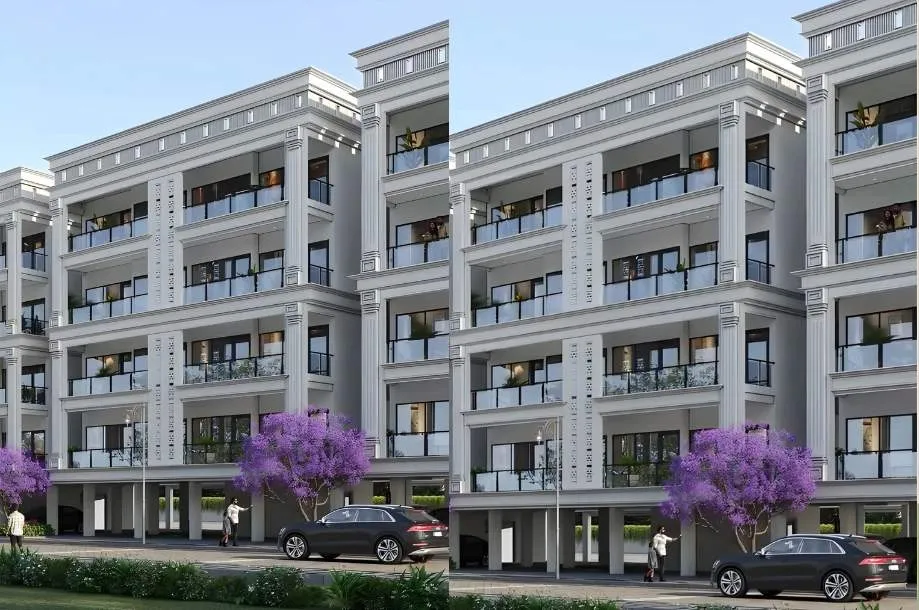Gurugram seeks circle rate hike; real estate professionals warn of damage on property sales and call for infrastructure enhancements
By Bricksnwall | 2025-08-03
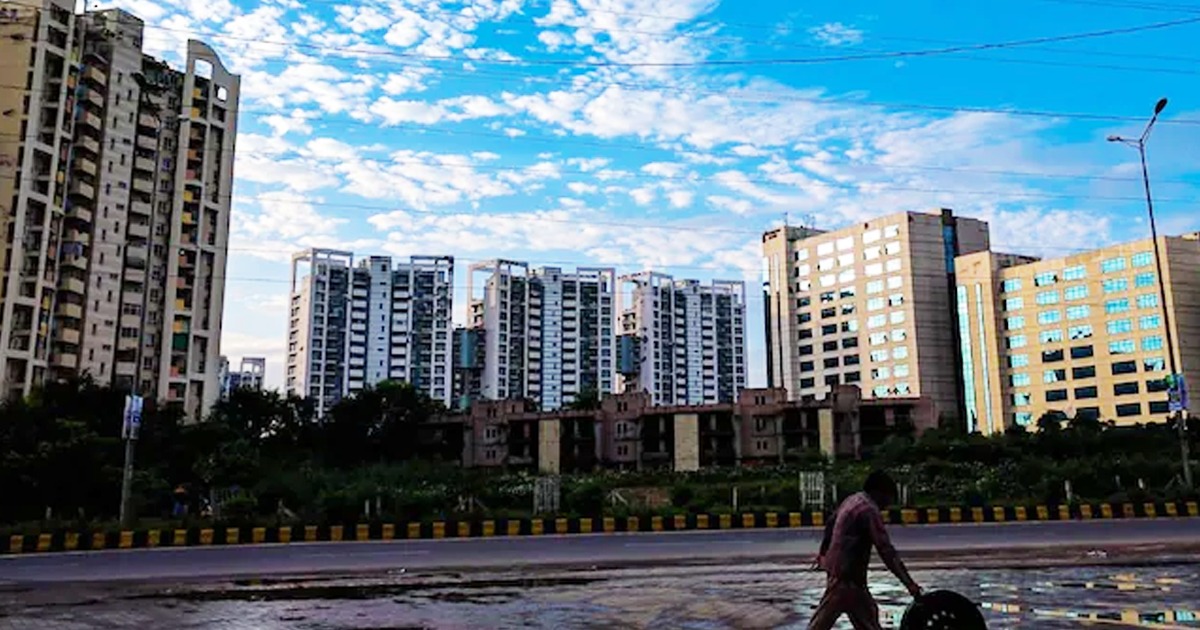
Gurugram real estate: Experts worry that rising circle rates could have an impact on the home sector. The Gurugram circular rates were last updated on December 1, 2024.
Due to the district administration's plans to increase circular rates, purchasing real estate in Gurugram may soon become more costly. Experts warn that a sudden spike of 40–50% could upset customer sentiment and impede expansion, even though a continuous increase of 10-15% is typical in the industry. They argue that any additional funds raised by the revised circular fees need to be used to upgrade local infrastructure, particularly in light of the frequent monsoon floods in Millennium City.
Professionals in the real estate industry fear that
the home market will suffer from yet another rate increase. The Haryana
government raised circular taxes by 10% to 30% in a number of places on
December 1, 2024.
Circle rates need to be adjusted to reflect the state of the market.
Scholars claim that, especially in quickly developing areas like Gurugram, the gap between market pricing and government-notified circular prices—also referred to as ready reckoner rates—has widened dramatically in recent years. Circular rates have not kept pace with the increase in real estate prices over the past three years in several regions, leading to inefficiencies in taxation and transaction registration.
Circle prices have remained significantly lower than actual market pricing, particularly in areas such as Gurugram, where the real estate industry has expanded fast," said Gundeep Singh, founder of Simplease, a software that assists homeowners in managing their real estate holdings. There will remain a discrepancy that affects how agreements are draughted until these rates are revised to take into account the state of the market."
According to Singh, this disparity has a direct impact on how conversations are conducted, especially when money is at stake. The transaction value may be underreported if the circular rate is much lower than the market rate. "This usually leads to higher cash payments and less transparency," the participant continued.
Singh noted that more transactions are taking place
online and developers are listing, indicating that the real estate industry is
becoming more institutionalised. "Digital transactions and stricter
compliance are reducing cash-based transactions, but he informs me that these
inefficiencies will persist until the circular rates are rationalised.
He pointed out that because different state governments determine circular rates, the rate of change differs significantly between locations. "When ready reckoner rates are more in line with real market prices, the buyer is not much affected. Buyers may have to pay more stamp duty if they are purchasing with cash. Singh clarified, though, that if the transaction is done online, it won't affect the buyers.
Market prices may rise in response to a significant increase in circle rates.
To prevent disturbing the market, experts advise the government to behave gradually and refrain from implementing large hikes.
According to Amit Raj Jain, the founder and CEO of the news company Oram Group, "if the circle rates are raised, there's a strong possibility that property owners or sellers will also raise their asking prices because of the perception that the real estate sector is surging." This can have an effect on the market and raise real estate's overall worth. While a 10–15% increase is doable, a 40–50% rise may alter the industry's dynamics and possibly stop sales growth.
According to experts, the circle rates and market rates have to coincide. The developer of Homents, Pradeep Mishra, believes that the government ought to upgrade infrastructure with the money generated by the modifications to circular tariffs. Most governments adjust circle rates either annually or every six months to better match market prices.
Source: Hindustan Times
